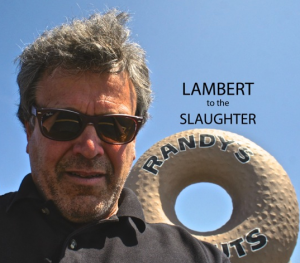Among campaign professionals, debates continually rage about whether to invest in field organization or advertising.
Advocates for organizing – phone-banking, door-knocking, yard sign placement, volunteer recruitment, helping voters vote, etc. – say that the best way to persuade and activate someone is one-on-one, preferably face-to-face. They make the case that saturation advertising is increasingly tuned out by ad-weary voters and therefore is largely ineffective and a massive waste of limited campaign resources.
Those folks need to pay attention to the Minnesota gubernatorial race between incumbent DFL Governor Tim Walz and challenger Republican Scott Jensen. KSTP-TV explains:
“There could be many explanations for why Republican challenger Scott Jensen has fallen so far behind incumbent Democrat Gov. Tim Walz two months before Election Day, but Jensen’s initial position on abortion and the resulting millions of dollars of TV ads on the issue is likely the biggest factor.
According to our exclusive new KSTP/SurveyUSA poll, Walz leads Jensen by 18 points, 51% to 33%. In our May survey, Jensen trailed by just 5 points.
“The results of this current poll are nothing short of stunning,” says Carleton College political analyst Steven Schier, citing the barrage of TV ads criticizing Jensen about abortion and education funding as difficult for the Republican to overcome. “The Jensen campaign has no money for messaging compared to the Walz campaign and the Walz campaign allies.”
As of late July, Walz had 10 times more cash on hand than Jensen, nearly $5 million compared to just over $500,000 for Jensen. Plus, a special interest group supporting Walz, Alliance for a Better Minnesota, pledged millions to run TV ads attacking Jensen.
Walz and his supporters have used advertising to put Jensen in a deep hole with only two months to go. The ads frame Walz as a unifying Governor who managed the state well during a difficult pandemic and is now presiding over a booming economy. They describe Jensen as an extremist whose own words show he wants to ban abortion and cut school funding, which are both unpopular positions in Minnesota.
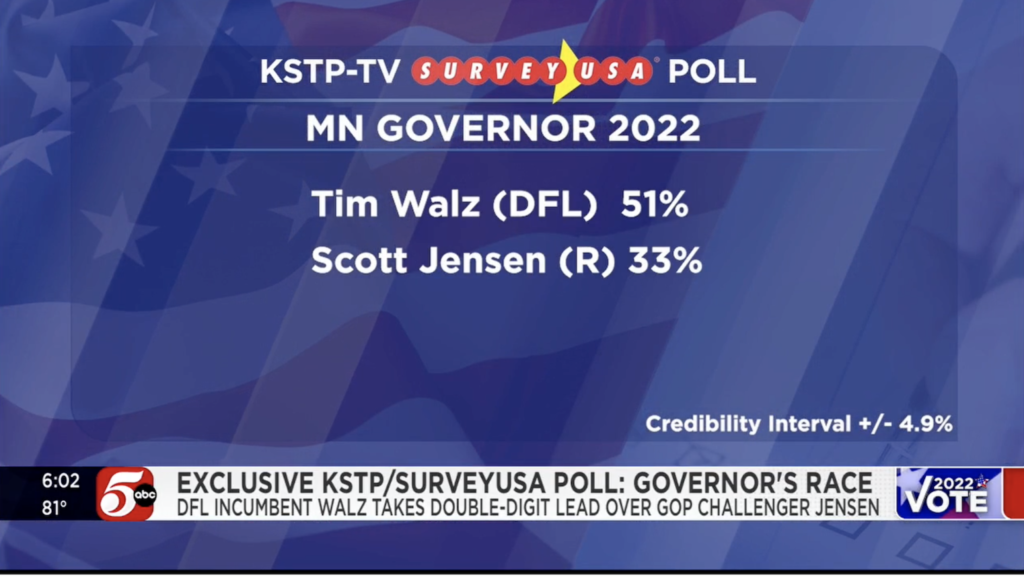
During the time those ads have been running, there has been a massive 13-point change. Even if that poll is off by half, which is possible but unlikely, that still would be a very significant shift.
Just as importantly, the pro-Walz ad campaign also frames the abortion issue as being about respecting doctor-patient relationships, and difficult, highly personal choices that women face. That is in stark contrast to the “baby-killing” arguments that anti-abortion candidates and groups have used to good advantage over the years.
In other words, progressives are, for once, using their advertising budget to play offense on this issue. It’s working, particularly with women voters who would be most affected if Jensen were elected and was able to ban abortion in Minnesota.
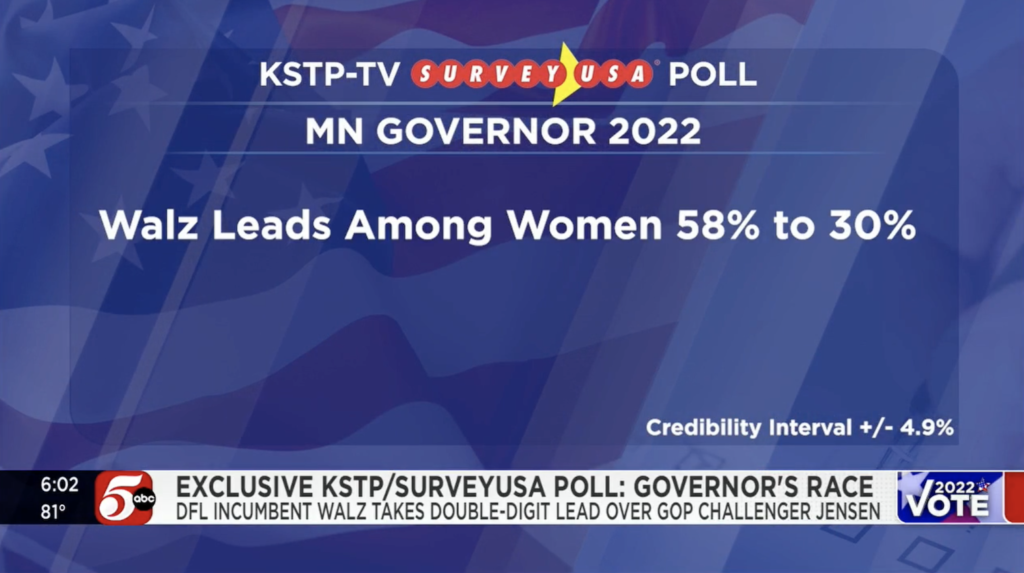
The race in this purple state — the only state in the nation with a divided state legislature — is sure to tighten over the next couple of months, in part because the cash-strapped Jensen will eventually start advertising his own charges and defenses at a time when inflation is high and the Democratic President is unpopular. But the last three months are a strong case study illustrating the power of advertising.
So yes, community organizing warriors, continue to knock on those doors and make those calls! (Just not at this crotchety introvert’s house.) But campaigns also must continue to invest in repetitive messaging through carefully targeted, multi-media advertising. As the beleaguered Scott Jensen will tell you, that still matters, a lot.

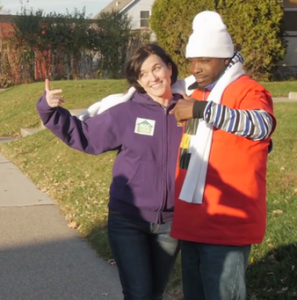 I can’t see into the heads and hearts of KSTP-TV reporter Jay Koll’s and his editors, so I can’t tell you if
I can’t see into the heads and hearts of KSTP-TV reporter Jay Koll’s and his editors, so I can’t tell you if 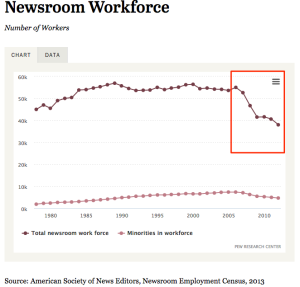 The Newsroom’s First Rule of Motion has always been a force, but it has become much more of a force since news organizations starting losing lots of money, and
The Newsroom’s First Rule of Motion has always been a force, but it has become much more of a force since news organizations starting losing lots of money, and 